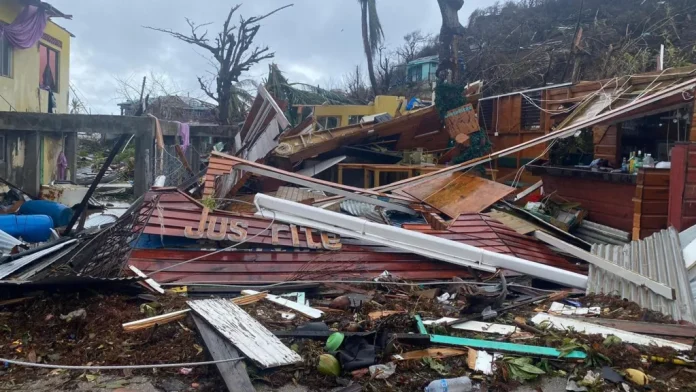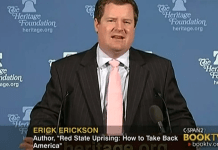Seven fatalities have been reported following Hurricane Beryl’s impact on southeast Texas and Louisiana, where it made landfall as a category one hurricane before weakening to a tropical depression. The storm brought widespread devastation, knocking out power for nearly three million people and causing significant damage across the region.
Beryl struck the southern United States on Monday morning with destructive winds, heavy rainfall projections of up to 15 inches (38 cm), and life-threatening storm surges. Houston’s main airport experienced over 1,100 flight cancellations, exacerbating the disruption caused by the storm.
Poweroutage.us reported 2.6 million customers without power in Texas, with additional outages reported in Louisiana. The storm’s toll was compounded by its impact in the Caribbean, where it claimed at least 10 lives before moving towards the United States.
The casualties included tragic incidents across Harris and Montgomery counties. In Harris County, a 53-year-old man lost his life when a tree fell onto his home during the storm, causing the roof to collapse. Another victim, 73-year-old Maria Loredo, was fatally struck by a falling tree that crashed through her residence, while she was sheltering with family members. Tragically, a Houston Police Department employee, Russell Richardson, drowned while attempting to navigate flooded roads on his way to work.
The devastation extended to Montgomery County, where three fatalities were reported. Among them, one man died after a tree fell on his tractor while he was driving, and two homeless individuals lost their lives when a tree fell on their tent.
Houston, a city prone to flooding due to its low-lying coastal geography, faced sustained winds of up to 75 mph (120 km/h) with gusts reaching 87 mph as Beryl made landfall. Despite being downgraded to a tropical depression, the storm continued to pose risks of flash flooding and heavy rainfall as it moved north-northeastward.
Louisiana also experienced significant impacts, with over 30,000 people losing power by Monday night. Tragically, one person died in Benton when a tree collapsed onto their home.
The National Weather Service (NWS) issued warnings of possible tornadoes in Texas, Louisiana, and Arkansas on Monday night, with risks extending to Missouri, Tennessee, Kentucky, Illinois, Indiana, and Ohio on Tuesday. Major ports along the Texas coast, including Corpus Christi, Houston, Galveston, Freeport, and Texas City, were closed as a precautionary measure.
Preparedness efforts were mobilized with over 2,500 emergency responders, including the Texas National Guard, standing by to assist in the aftermath of the storm. Beryl’s projected path indicated it would move eastward across central states like Mississippi before affecting areas experiencing drought in central and west Texas.
Hurricane Beryl originated as the earliest category five hurricane ever recorded, and while its impact varied, it inflicted severe damage in the Caribbean, particularly affecting St. Vincent and the Grenadines, Mayreau, Union, and Grenada. Jamaica also felt the brunt of the storm’s intensity, highlighting its significant power and reach across the region.
In addition to its immediate impacts, Hurricane Beryl raised concerns about climate change and its influence on storm intensity. Exceptionally high sea surface temperatures have been cited as a contributing factor to Beryl’s strength, underscoring ongoing concerns about the frequency and severity of hurricanes in the Atlantic basin.
Looking ahead, the US National Oceanic and Atmospheric Administration (NOAA) has warned of a potentially active hurricane season in 2024, predicting as many as seven major hurricanes. This forecast, well above the average of three major hurricanes per season, emphasizes the need for continued preparedness and resilience measures in vulnerable coastal regions.
Communities in Texas and Louisiana begin recovery efforts in the wake of Hurricane Beryl, the storm’s impact serves as a stark reminder of the destructive power of natural disasters and the importance of proactive measures to mitigate their effects.























